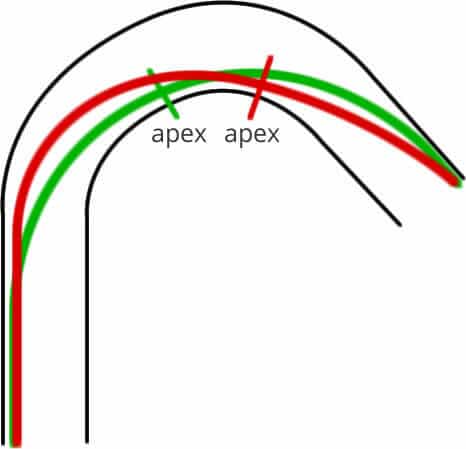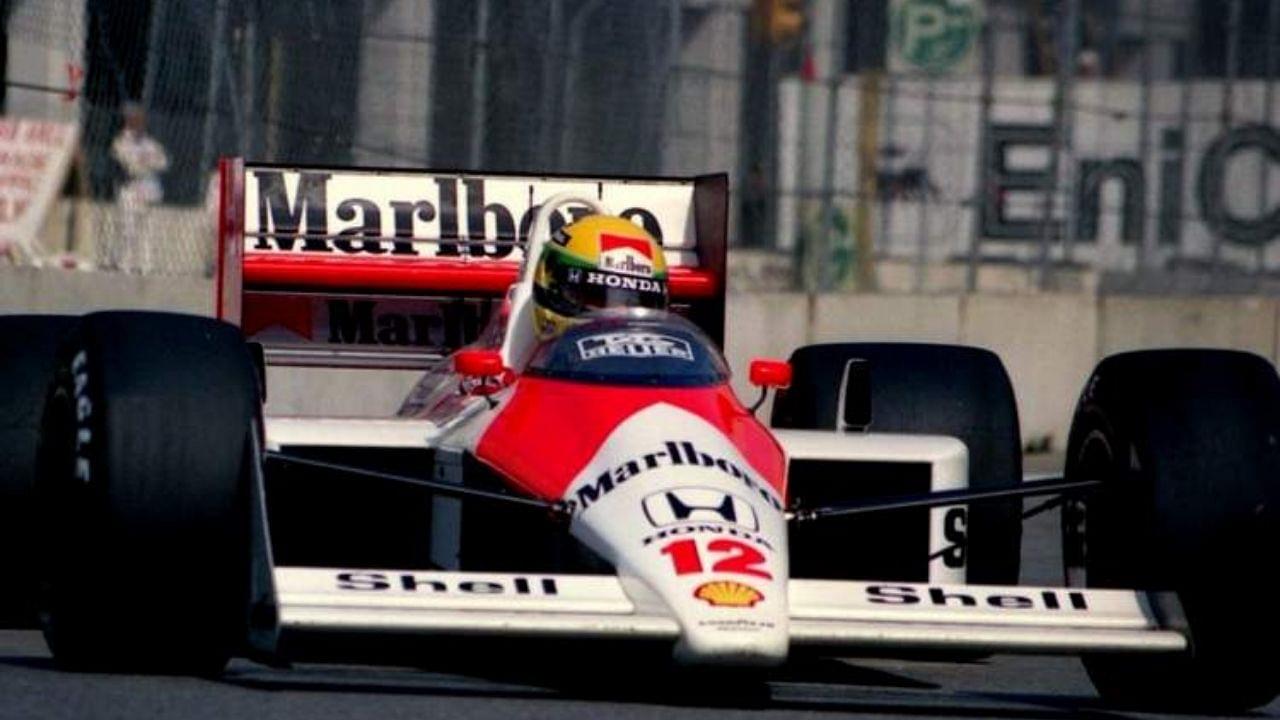The distinctive Ayrton Senna’s aggressive driving style which helped him win three titles may not be successful in the contemporary era.
Ayrton Senna is regarded among the best Formula One drivers of all time. There was nothing more distinctive than his driving style that kept the audience keeping their eyes peeled while watching him race.
Due to regulations and technology, Senna had to adapt to changing designs of cars from the start of the turbo era and during his stint in Formula One.
The transition from ground effect driver aid turbos to paddle-shift gearboxes is a major change to get used to, and each of these cars demanded quite distinct driving techniques. The famous Youtuber Driver 61 explains why Senna wouldn’t be successful in today’s time.
Ayrton Senna’s driving style… programmed into a Robocar? Futuristic racer *could* have different AI driving styles programmed into it >> https://t.co/nKelOmuHQI pic.twitter.com/6cKO6W8pnz
— Top Gear (@BBC_TopGear) July 19, 2018
While every car required a different driving style, Senna was always seen as a very aggressive driver and that was true throughout the race.
He would break late as he approached a corner and then use what we term high-frequency throttle stabs in the corners. While in the middle of a turn, the Brazilian would continually stamp on and off the gas pedal, and after exiting the corner, he would have a terrific release.
What are the key differences between classic and new generation cars?
The classic 1980s – 1990s era cars were very simply constructed and relied on engine power more than linear suspension or aerodynamics. The drivers were not worried about the grip of their tires.
Senna was just using this weird throttle technique to keep the boost pressure up so that when he did get on the throttle properly coming out of the corner his turbo was producing more boost than the competitors very clever that and it must have been incredibly hard to do but of course he was at and seller.
Also Read: Max Verstappen talks about lows in his title-winning campaign
However, the 2014-21 turbo hybrid which is technologically advanced and more powerful cars have aerodynamics, chassis, suspensions all working together helping improve the speed of the car on the track with tire grips being one of the biggest key points.
The shift of Focus from Power to Tire Grip
In the Senna era, the engine was the focus. The wearing of the tires did not make the drivers lose seconds than they do now.
As the fastest cars are on the field tire wearing out after laps can impact milliseconds of loss leading to a shift in the standings. Tires are a much more important part of the sport and the cars are tuned around based on their reliability of them.
Senna Sunday😎 Qualifying – France 1991. Great sound of the Honda V12🔊🔊🎵🎶🎵🎶 pic.twitter.com/Am9IyGgRy9
— Raceliefhebber (Wouter)🧡🏎🐈 (@raceliefhebber) January 2, 2022
If today’s drivers tried the Senna like late-breaking on the corner, they would run straight to the barriers due to the car’s program not providing any feedback to the steering wheel and the tires would not even last longer than 3 laps.
Why is Ayrton Senna’s aggressive style not followed anymore?

Secondly, the data and simulations have aided drivers in determining the quickest route to take. Drivers simulate races in their factories with the use of reliable circuit data prior to any race.
After completing a practice lap or qualifying lap, the drivers are given a wealth of information on their driving behaviour in straights and turns, allowing them to identify and correct their flaws.
This was not possible during the Senna era, therefore they had to rely on their instincts and drive around the track’s turns. Because it was difficult to figure out the quickest way to drive the car, some drivers pushed the pedal hard while others were cautious.






